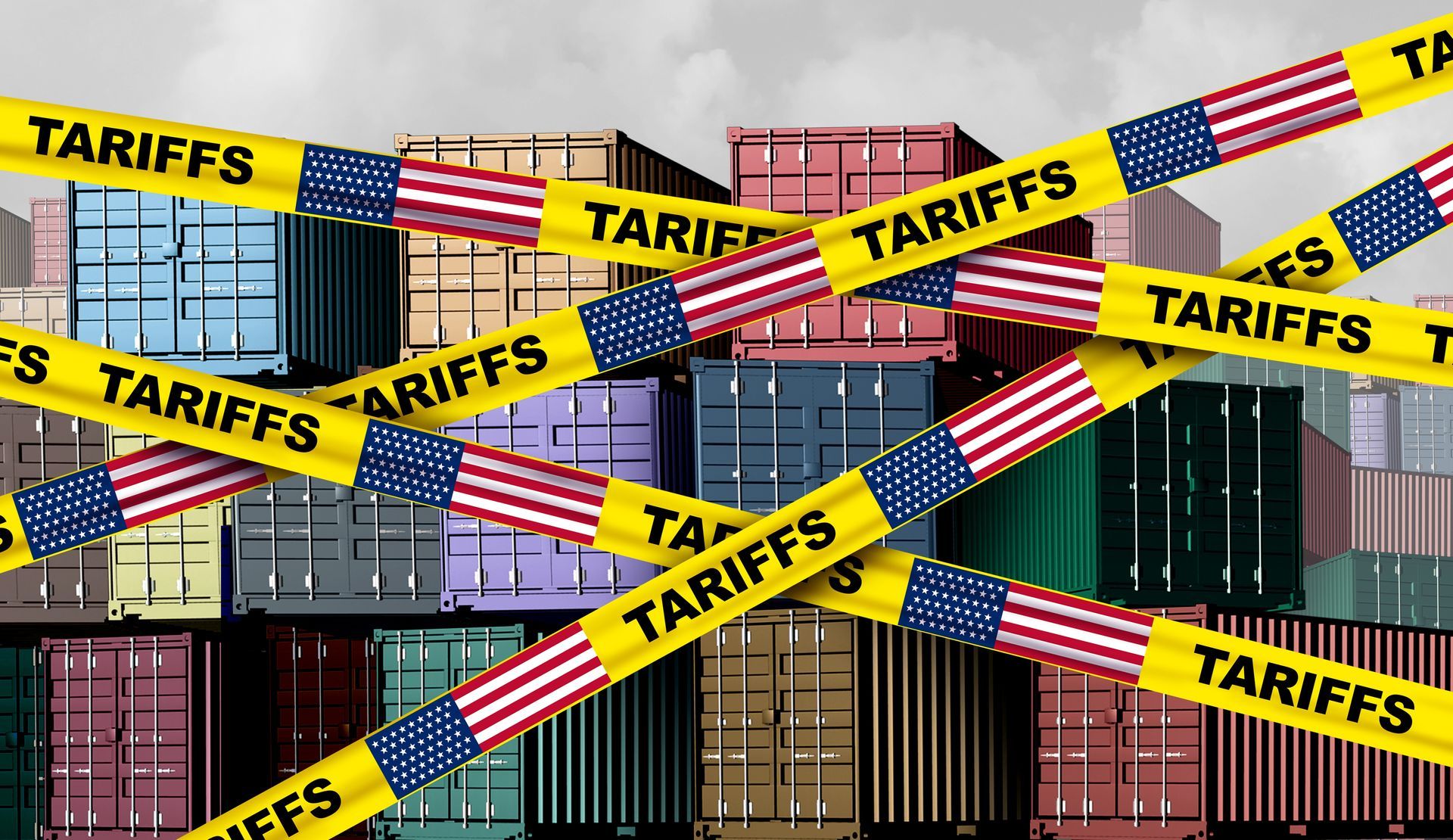The Lapse of GSP: A Critical Moment for U.S. Trade Policy and Global Influence
In 2020, the Generalized System of Preferences (GSP) program—a cornerstone of U.S. trade policy that provided duty-free access to goods from designated beneficiary countries—lapsed. Despite ongoing discussions about its significance, it has yet to be reauthorized. This gap has created a cloud of uncertainty for both the beneficiary nations and the businesses that rely on the program. The story of the GSP lapse is not just about a specific trade program but is emblematic of a broader collapse in U.S. trade policy over the past 15 years.

The GSP and Its Impact
The GSP was designed to boost economic growth in developing countries by allowing them to export goods to the U.S. without the burden of tariffs. For many countries, this duty-free access was a crucial element of their economic development strategies, helping them integrate into the global economy and create jobs.
The lapse of the GSP has not only disrupted these economic plans but has also intensified the geopolitical landscape. As the U.S. grapples with domestic political divisions and a rethinking of its trade policies, China has stepped into the breach. Over the past decade, China has become the leading trading partner for many developing nations, offering alternative economic opportunities and investment. The absence of a U.S. alternative like the GSP has accelerated these deeper economic ties between developing countries and China.
The Political and Economic Context
The U.S. trade policy has undergone significant shifts in the past 15 years. Once a champion of free trade agreements that aimed to open global markets and promote economic growth, the U.S. has become increasingly cautious and politically contentious about trade deals. The political landscape has shifted, with debates over trade often reflecting broader ideological divides.
This political volatility has had real-world consequences. The lapse of GSP highlights the difficulties in maintaining consistent and supportive trade policies, which are crucial for both domestic businesses and international development. Without a clear and stable trade policy, businesses face increased uncertainty, and developing countries struggle to find reliable economic partners.
The Geopolitical Implications
The timing of the GSP's lapse is particularly concerning given the growing influence of China. As China deepens its economic relationships with developing countries, it is not just offering an alternative to U.S. trade policies but is also strengthening its geopolitical foothold. This shift has significant implications for U.S. global leadership and influence.
The GSP’s lapse is not just a missed opportunity for economic development but a strategic misstep in the broader context of global trade dynamics. As China’s influence expands, the U.S. faces the challenge of reasserting its role in global trade, supporting economic growth in the developing world, and countering China's growing influence.
Looking Ahead: The Path to Reauthorization
The question now is whether the GSP will be reauthorized and how the U.S. can revitalize its approach to global trade. Reauthorizing the GSP would provide immediate benefits to beneficiary countries and businesses and could serve as a starting point for broader trade policy reforms. It would also signal a commitment to supporting economic development in the global south and countering China's expanding influence.
The Coalition for GSP is hosting a panel to explore these issues, examining the strengths and weaknesses of potential GSP reauthorization and considering how the U.S. can navigate its trade policy challenges. The discussion will focus on how the U.S. can reassert leadership in global trade, support economic growth in developing countries, and address the shifting geopolitical landscape.
In conclusion, the lapse of the GSP is a critical juncture for U.S. trade policy. It presents both a challenge and an opportunity: a chance to reassess and reinvigorate U.S. trade policies to better support economic development and global leadership in the face of growing competition from China. The decisions made in the coming months will have lasting implications for both the U.S. and the global economy.
Get actionable advice on cost-saving strategies that boost your bottom line.
Subscribe here:




















